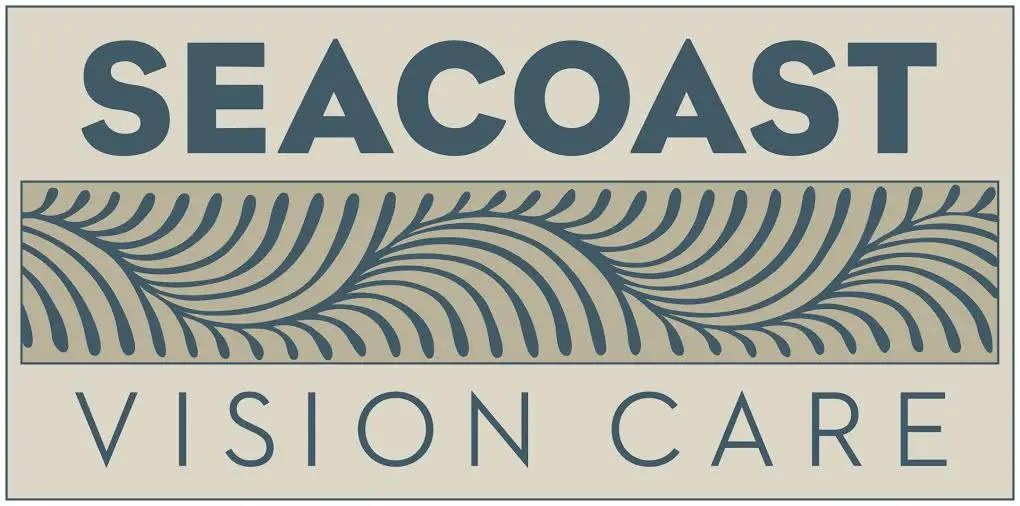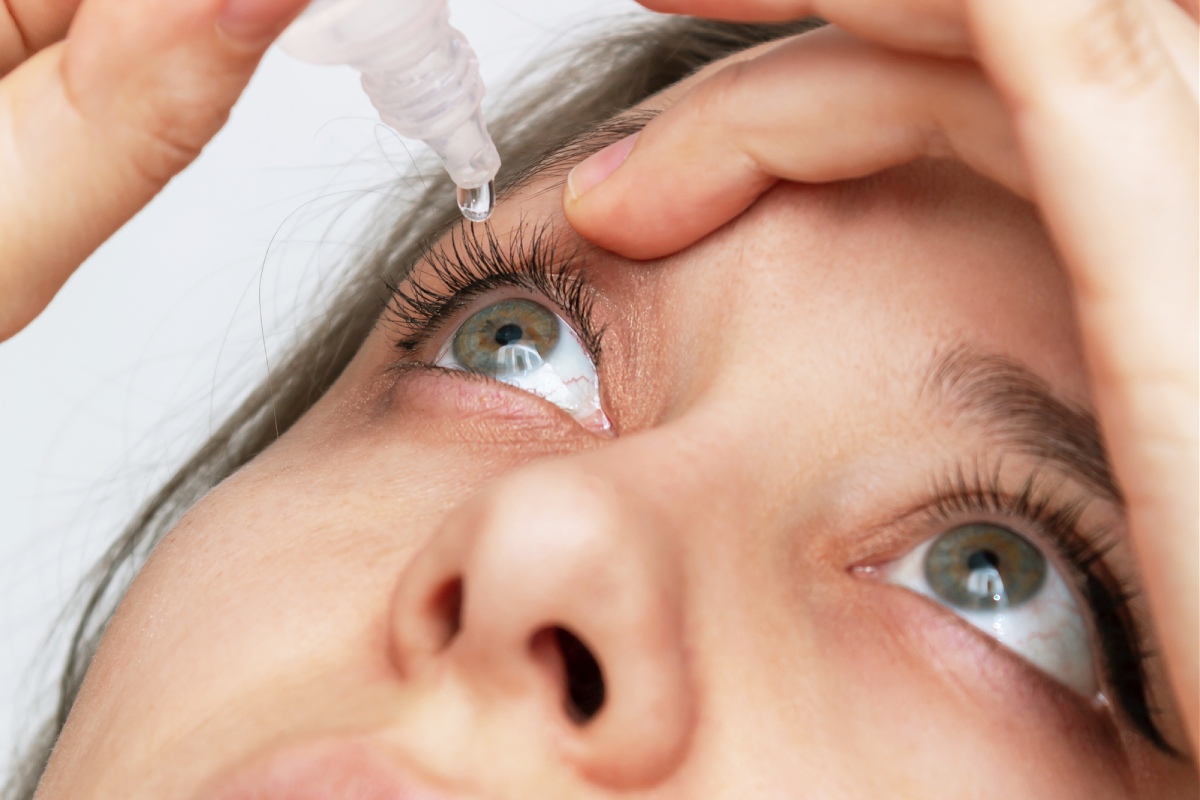Artificial tears can be helpful when your eyes feel dry and irritated. They provide quick, soothing relief and are easy to use, but they aren’t without their drawbacks. If you find yourself reaching for eye drops more often than you’d like, it might be time to consider other treatment options. Let’s explore some potential downsides of relying solely on artificial tears for dry eyes and what you can do when these drops aren’t enough.
Temporary relief
One of the main limitations of artificial tears is that they only offer temporary relief. These drops can soothe your eyes for a few hours, but they won’t be as effective for chronic dry eyes. So, you may end up reaching for the bottle multiple times a day without solving the problem.
Potential for dependency
Using artificial tears frequently can sometimes lead to dependency. This is especially true if you’re using drops with preservatives. Over time, your eyes might start to rely on artificial lubrication, making you feel like you constantly need to reapply them.
Preservatives and irritation
Many artificial tears contain preservatives to prevent contamination and extend their shelf life. However, these preservatives can sometimes irritate sensitive eyes, especially with long-term use. While preservative-free options are available, they often come at a higher cost, which can add up if you use the drops frequently.
Not addressing the root cause
Artificial tears don’t address the underlying causes of dry eye, such as meibomian gland dysfunction, inflammation, or tear film issues. They’re more of a band-aid solution, providing immediate comfort without solving the main problem. Without treating these root causes, your symptoms may persist or even worsen over time. For a more comprehensive approach to managing dry eyes, it’s important to explore other treatments.
Potential for allergic reactions
While rare, some people may have allergic reactions to certain ingredients in artificial tears. Symptoms can include itching, redness, or even worsening of dry eye symptoms. It’s important to check the ingredients list and consult an eye care professional to ensure the product is right for you.
Cost considerations
Using artificial tears frequently can become expensive, especially if you opt for preservative-free or higher-quality formulations. For those with severe dry eye, the ongoing expense can add up quickly. Exploring other treatment options might offer a more cost-effective and sustainable solution in the long run.
Advanced treatment options at Seacoast Vision Care
If artificial tears aren’t providing sufficient relief, Seacoast Vision Care offers advanced treatment options to help manage dry eyes more effectively. Here are some options we may recommend:
- Prescription eye drops: These are specially formulated to target the underlying causes of dry eye, offering more effective and long-lasting relief than over-the-counter eye drops.
- Punctal plugs: These tiny devices are placed in the tear ducts to block drainage, keeping your eyes moist for longer periods.
- OptiLight IPL therapy: This innovative treatment uses intense pulsed light to target inflammation and improve the function of your meibomian glands, which are crucial for healthy tears.
- ZEST (Zocular Eyelid System Treatment): ZEST is a gentle, in-office procedure that cleanses the eyelids and helps improve overall eye health, reducing dry eye symptoms.
While artificial tears can provide quick relief, they aren’t a long-term solution for managing dry eyes. If you’re relying heavily on artificial tears and still experiencing discomfort, it might be time to explore other treatment options.
At Seacoast Vision Care, our dry eye specialists in Scarborough will help you find a solution that works for you. Schedule an appointment with us today and discover a more effective approach to managing your symptoms.

